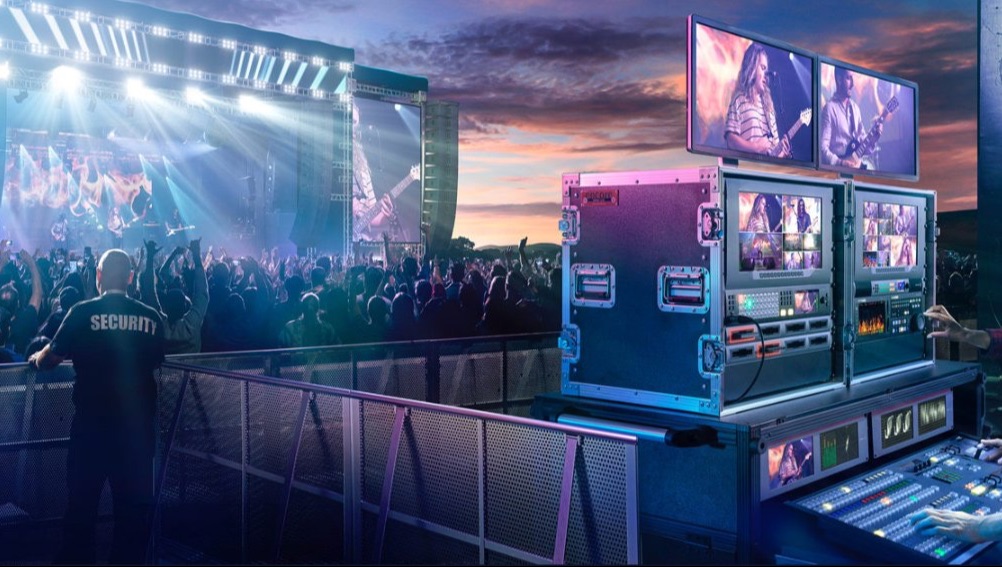Crucial Tactics for Maximizing the Durability of Your LED Display
Wiki Article
Light Emitting Diode walls are growing increasingly popular for multiple applications, from advertising to leisure. To guarantee that these displays operate efficiently over time, it is crucial to implement strategies that extend their durability. Understanding the elements that influence the longevity of LED walls can assist users maintain their functionality and avoid unneeded replacements.
One of the main factors that can prolong the durability of an LED wall is appropriate setup. It is crucial to have a skilled team handle the setup process to ensure all parts are properly connected. Poor setup can result in electrical issues or physical damage. Additionally, the location of the Light Emitting Diode wall should consider surrounding conditions such as sunlight exposure and humidity levels. A properly set up display in a suitable site will reduce the risk of damage caused by external elements.

Routine maintenance is another crucial strategy to prolong the lifespan of an Light Emitting Diode screen. This includes regular checks to monitor for any signs of wear or malfunction. Dirt and debris can build up on the top of the LED screens, impacting luminosity and color quality. Cleaning the screens with suitable cleaners will assist keep optimal visibility. It is also important to check the electronics behind the display, making sure that all links are tight and that there are no heat issues, which can significantly shorten the durability of the parts.
Electrical control plays a vital role in enhancing the longevity of an LED screen. Over-voltage or unstable electricity supply can harm the inner circuitry. To avoid this, using a high-quality power supply and implementing surge protection strategies is recommended. Additionally, adjusting the screen to function at reduced brightness levels when high brightness is not required can lessen stress on the lights. This not only prolongs the durability of the wall but also conserves energy, making it a cost-effective choice.
In addition, program control can affect the performance of LED walls. Regularly updating the software that controls the display ensures that it runs efficiently and incorporates any necessary safety patches. Old program can lead to performance issues and may put the setup to risks. Proper timing of programming can also assist with overseeing the demand of the screen, permitting it to idle during non-peak hours, which can contribute to a longer lifespan.
In conclusion, maximizing the lifespan of an Light Emitting Diode screen involves a combination of appropriate setup, regular upkeep, efficient power management, and careful program management. By focusing on these critical tactics, users can guarantee that their Light Emitting Diode displays stay functional and visually pleasing for many years. Implementing proactive measures resource will not only improve the performance of the LED screen but also provide a better yield on investment over the years.